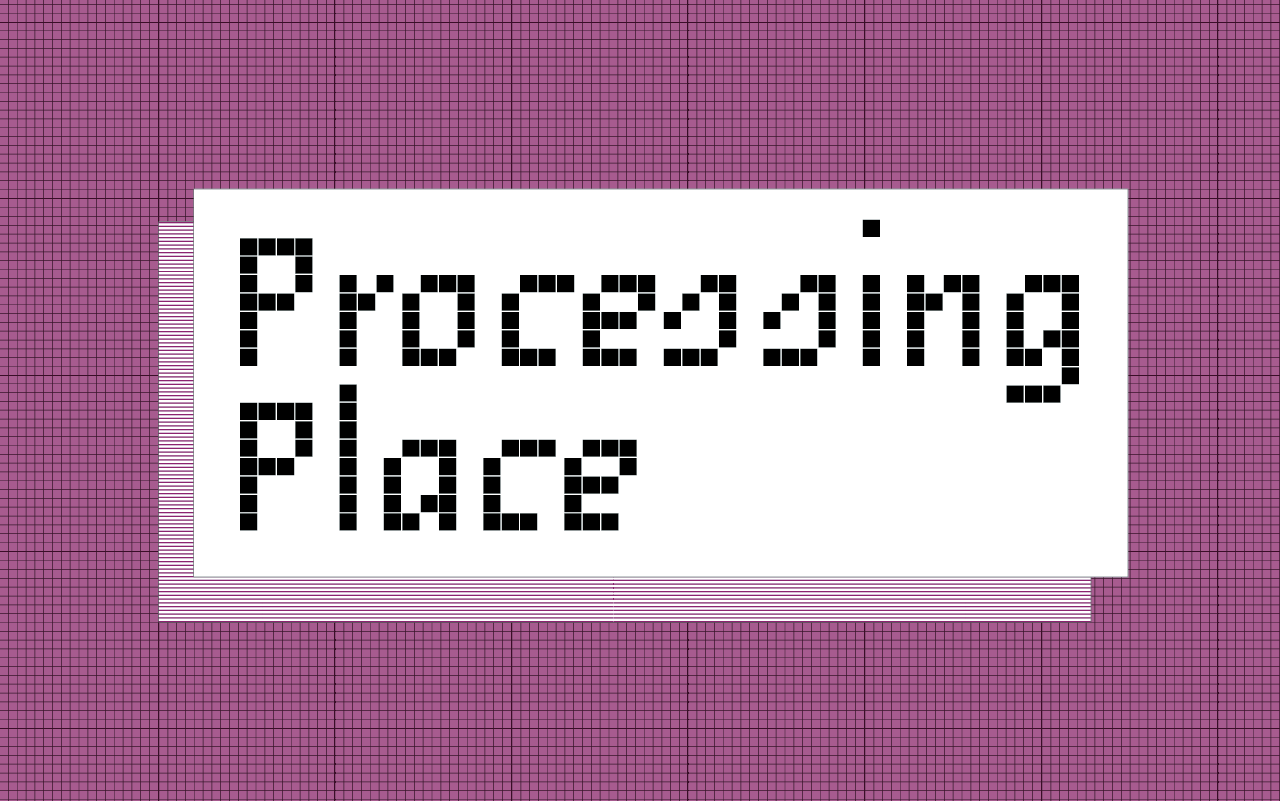Exhibition Design for Educational Center
Building Blocks: Boston Stories from Urban Atlases

An exhibition at the library documents a changing Boston through urban atlases
Graphic design and coordination for a free exhibition at the Leventhal Map & Education Center at the Boston Public Library
Role
Exhibition graphic designerStudio
Joelle RiffleCollaborators
Laura Schmidt (Guest Curator), Garrett Dash Nelson and Emily Bowe (LMEC), Print House (Fabricator)Deliverables
Exhibition Graphic DesignClient
The Norman B. Leventhal Map & Education Center at the Boston Public Library inspires curiosity and learning, and fosters geographic perspectives on the relationships between people and places, through free and accessible collections and resources, critical interpretation and research, and K-12 and public education.


